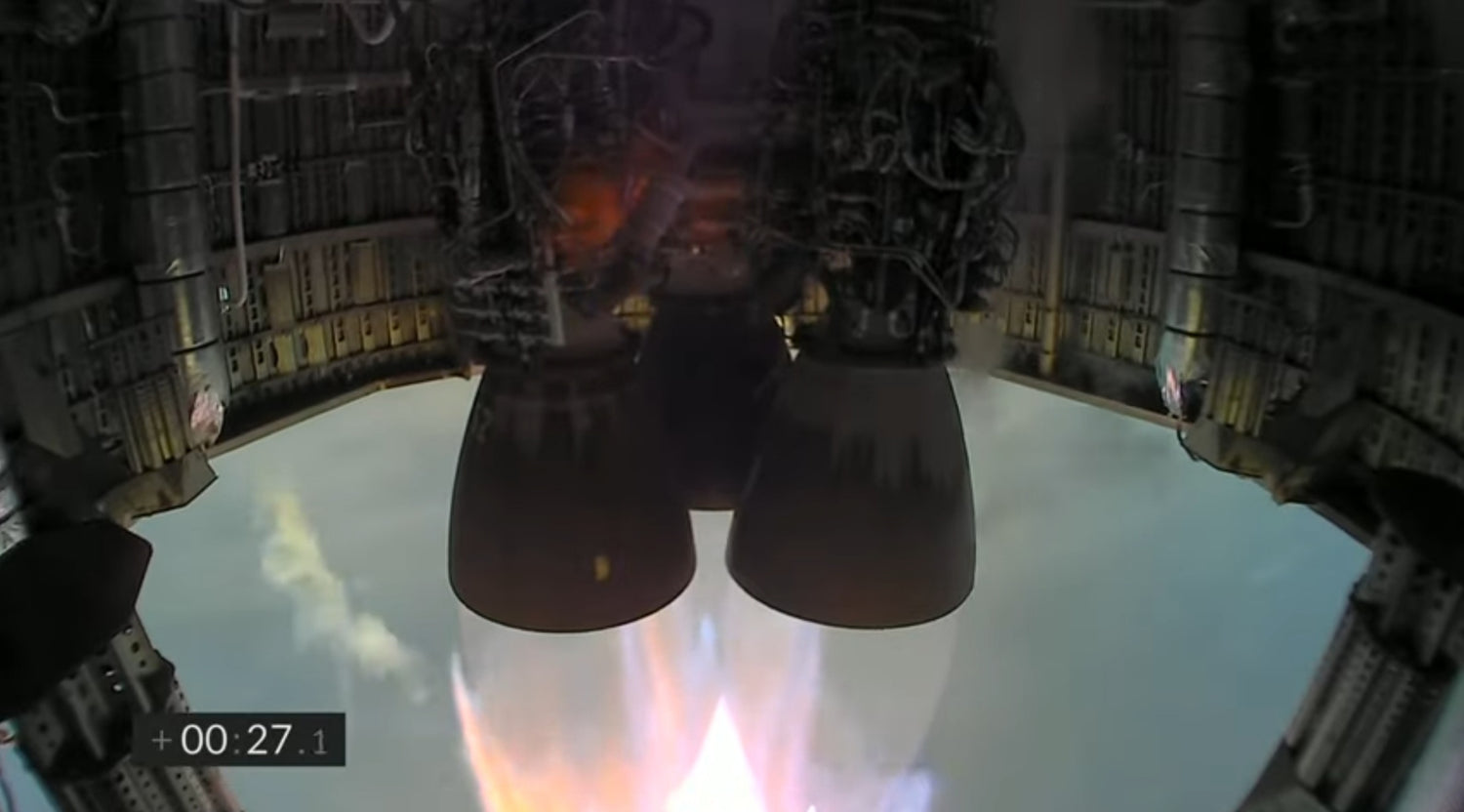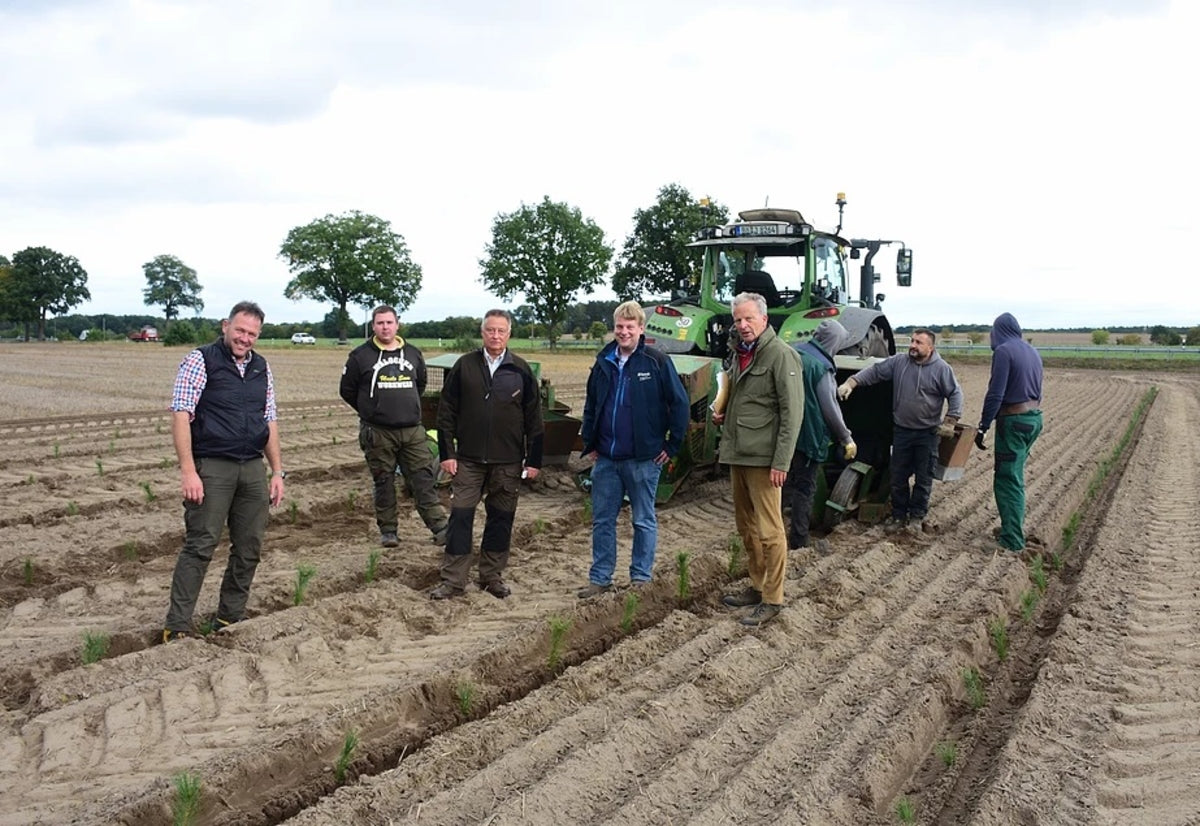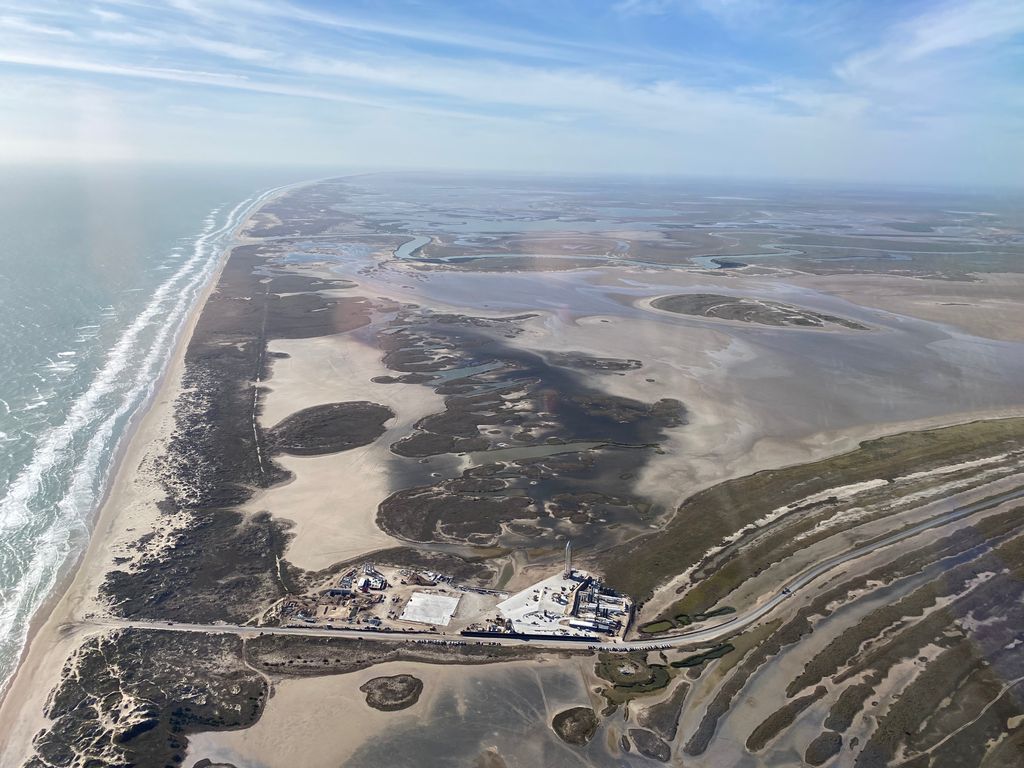SpaceX launched Starship SN11 above Boca Chica Beach from the Starbase, Texas, launch site this morning. At around 8:00 a.m. Central Time, the 50-meter-tall stainless-steel vehicle ignited its methane-fueled Raptor engines and soared 10-kilometers into the foggy sky; It was nearly invisible under the thick fog clouds that flooded the atmosphere in the Gulf Coast. SpaceX shared a live broadcast of the flight test, however, there was no clear view of how the flight’s progress went on several instances due to poor weather conditions. SpaceX commentator John Insprucker said the vehicle completed an aerodynamic flight after the camera feed cut off six minutes into the flight test – “Looks like we've had another exciting test of Starship Number 11,” Insprucker, said during the broadcast. “Starship 11 is not coming back, do not wait for the landing,” he added, suggesting that SN11 missed to ace a soft touchdown (video below). “A high production rate solves many ills,” SpaceX founder Elon Musk said via Twitter after SN11 failed landing, “At least the crater is in the right place!” he joked. He also shared the reason why the test did not go as planned – “Looks like engine 2 had issues on ascent & didn’t reach operating chamber pressure during landing burn, but, in theory, it wasn’t needed. Something significant happened shortly after landing burn start. Should know what it was once we can examine the bits later today,” he wrote on Tuesday. SpaceX aims to develop the Starship launch system at a rapid pace, with multiple stainless-steel prototypes of the spacecraft simultaneously under assembly.
Looks like engine 2 had issues on ascent & didn’t reach operating chamber pressure during landing burn, but, in theory, it wasn’t needed.
— Elon Musk (@elonmusk) March 30, 2021
Something significant happened shortly after landing burn start. Should know what it was once we can examine the bits later today.
Engineers are rapidly learning from every previous flight test and modifying the vehicle as they go. Musk said this morning that SpaceX will move on to test prototype SN15, they will skip the production of SN12 through SN14 to speed up the spacecraft’s development. “SN15 rolls to launch pad in a few days. It has hundreds of design improvements across structures, avionics/software & engine,” Musk shared. All of Starship SN11’s three predecessors performed incredible high-altitude flights in which the vehicle showcased aerodynamic control and completed a landing-flip-maneuver but they all had the same fate, explosive endings upon landing. “Hopefully, one of those improvements covers this problem. If not, then retrofit will add a few more days,” he said.
Musk also shared that the next major technology modification will be until Starship serial number SN20, which will be the first Starship to perform an orbital flight test. –“Those ships will be orbit-capable with heat shield & stage separation system. Ascent success probability is high. However, SN20+ vehicles will probably need many flight attempts to survive Mach 25 entry heating & land intact,” he said. The final version of Starship will propel to orbit with a Super Heavy rocket, together, the duo will become the most powerful launch vehicle in the world. The company is confident that Starship will perform many orbital flights before 2023. Engineers aim to perform the first flight to orbit by Summer this year.
Next major technology rev is at SN20. Those ships will be orbit-capable with heat shield & stage separation system. Ascent success probability is high.
— Elon Musk (@elonmusk) March 30, 2021
However, SN20+ vehicles will probably need many flight attempts to survive Mach 25 entry heating & land intact.
Starship SN11 Flight Test
Featured Image Source: SpaceX









